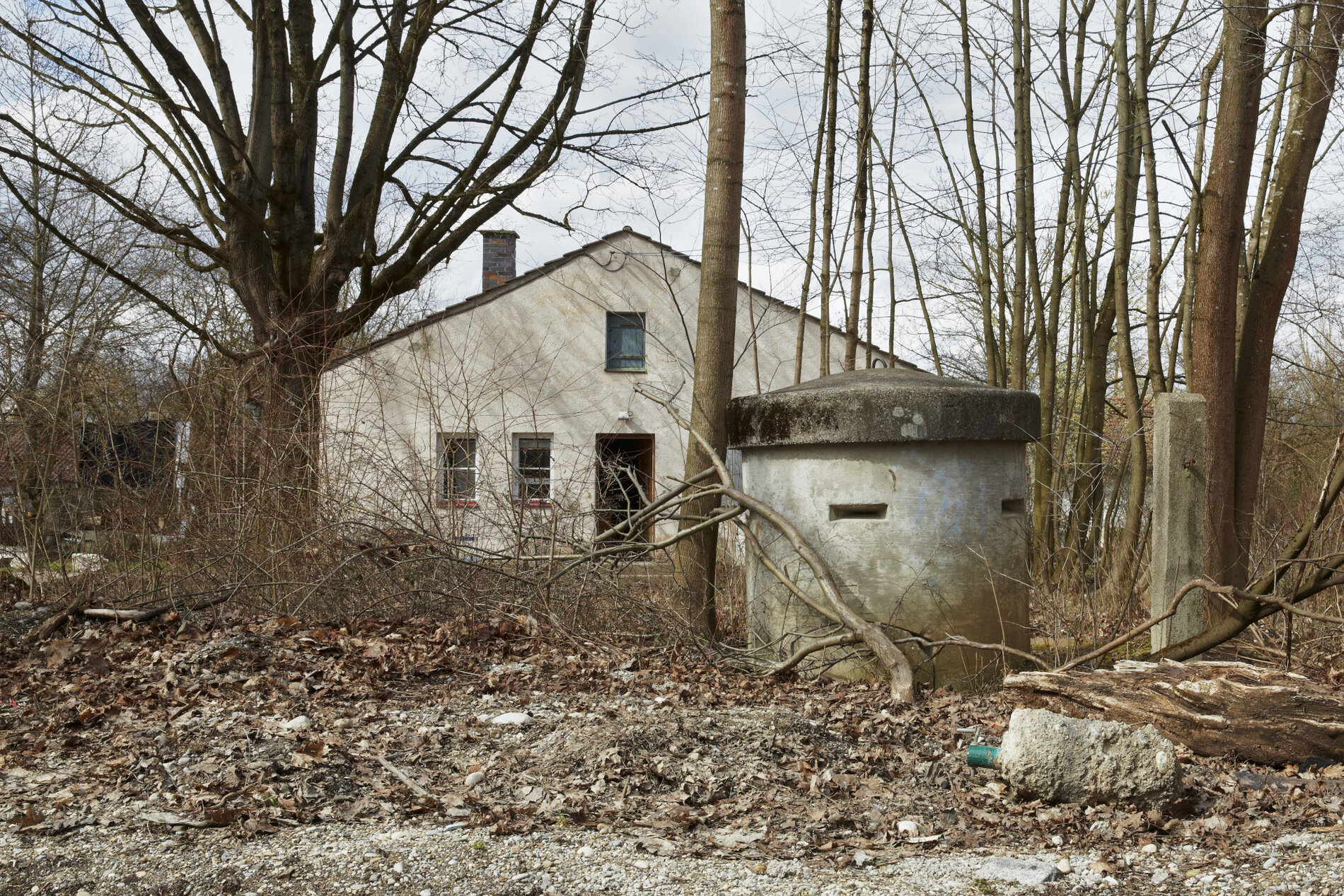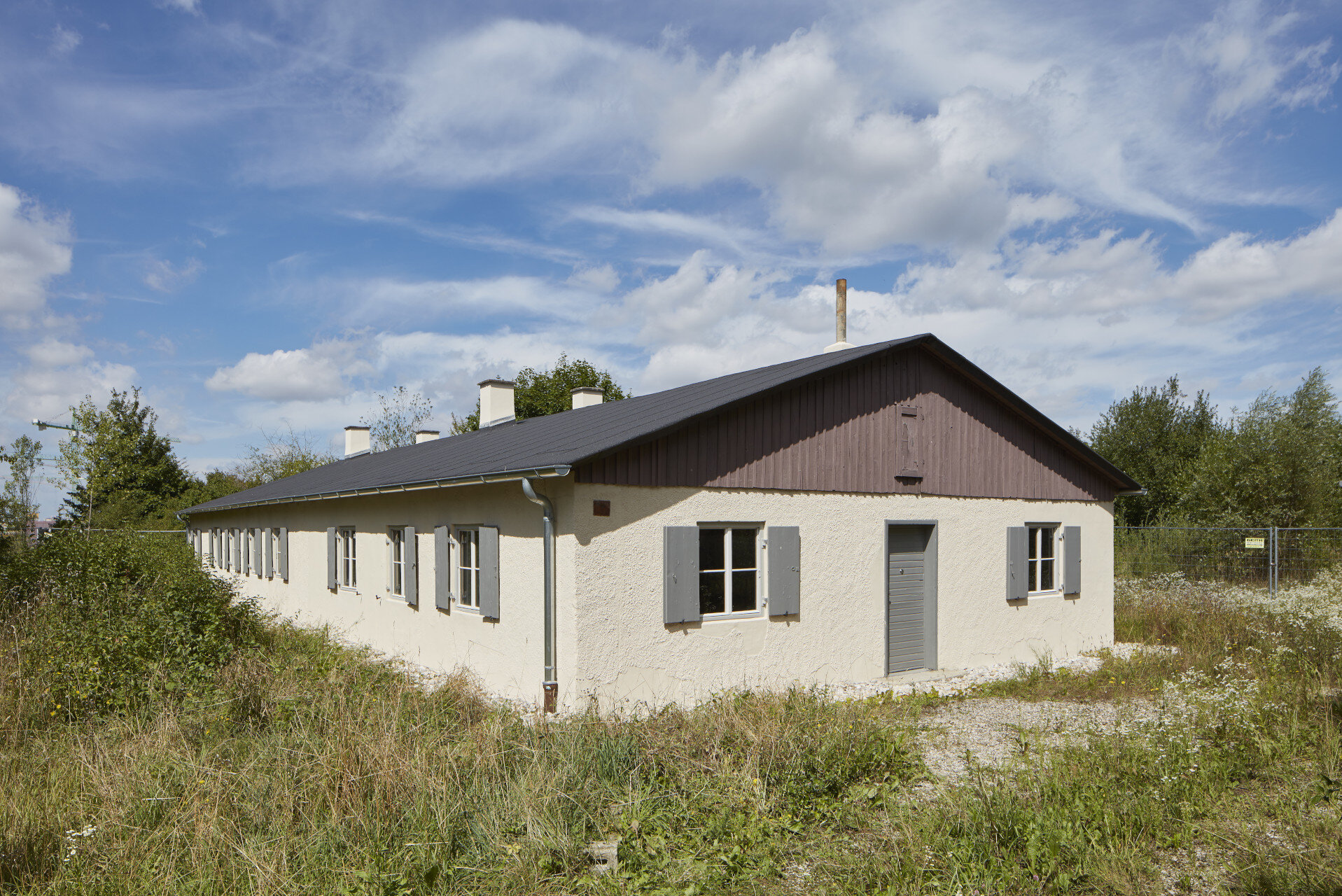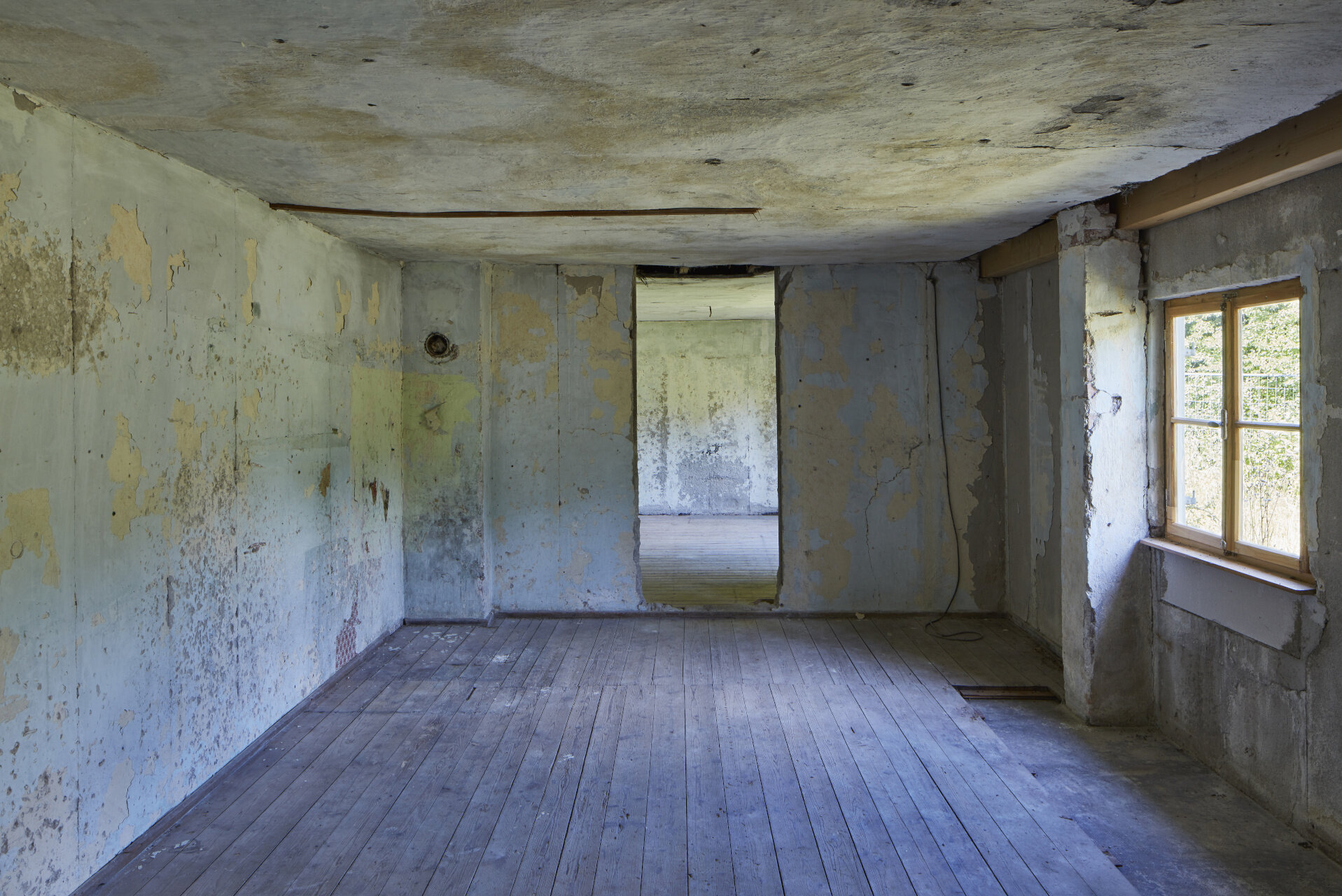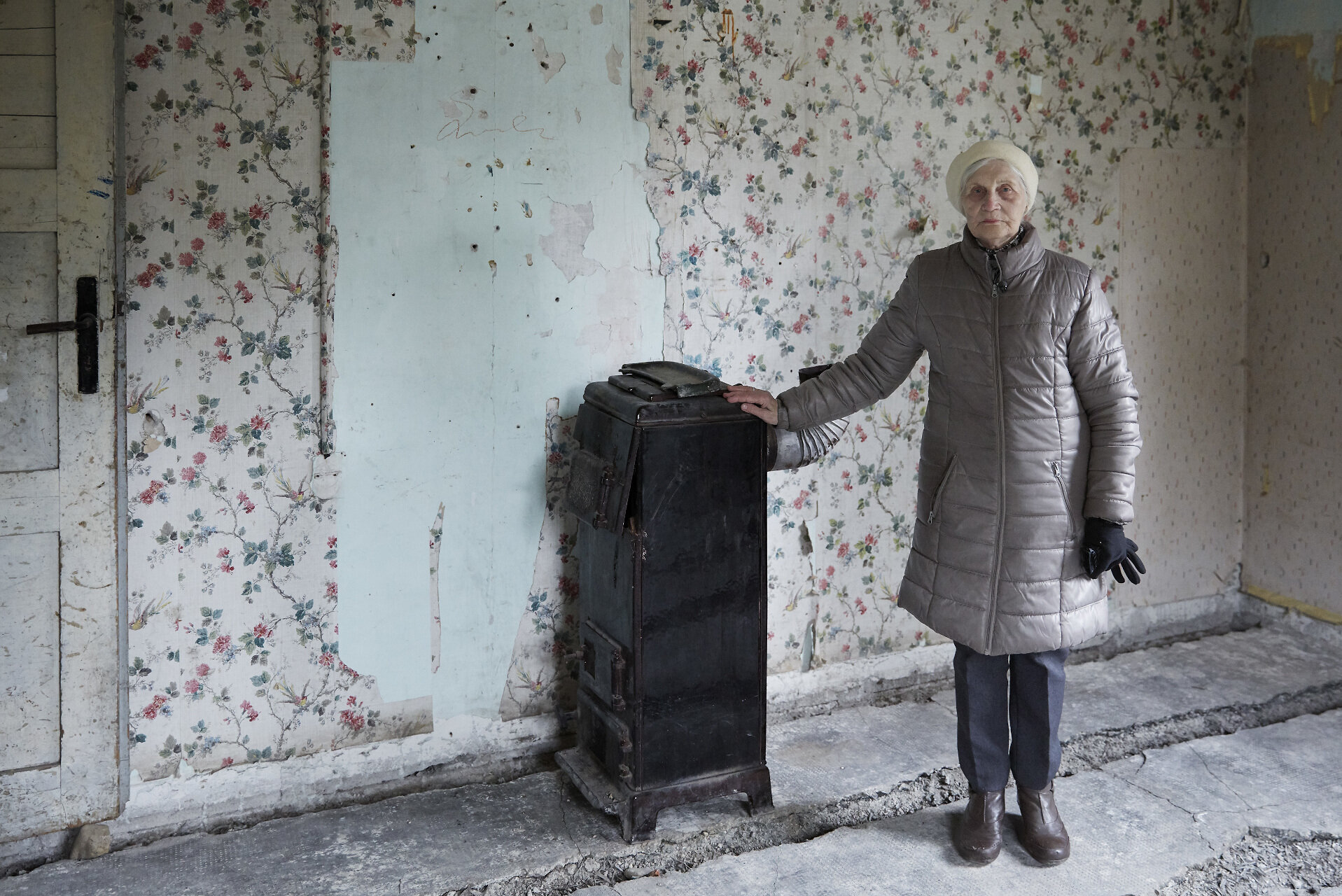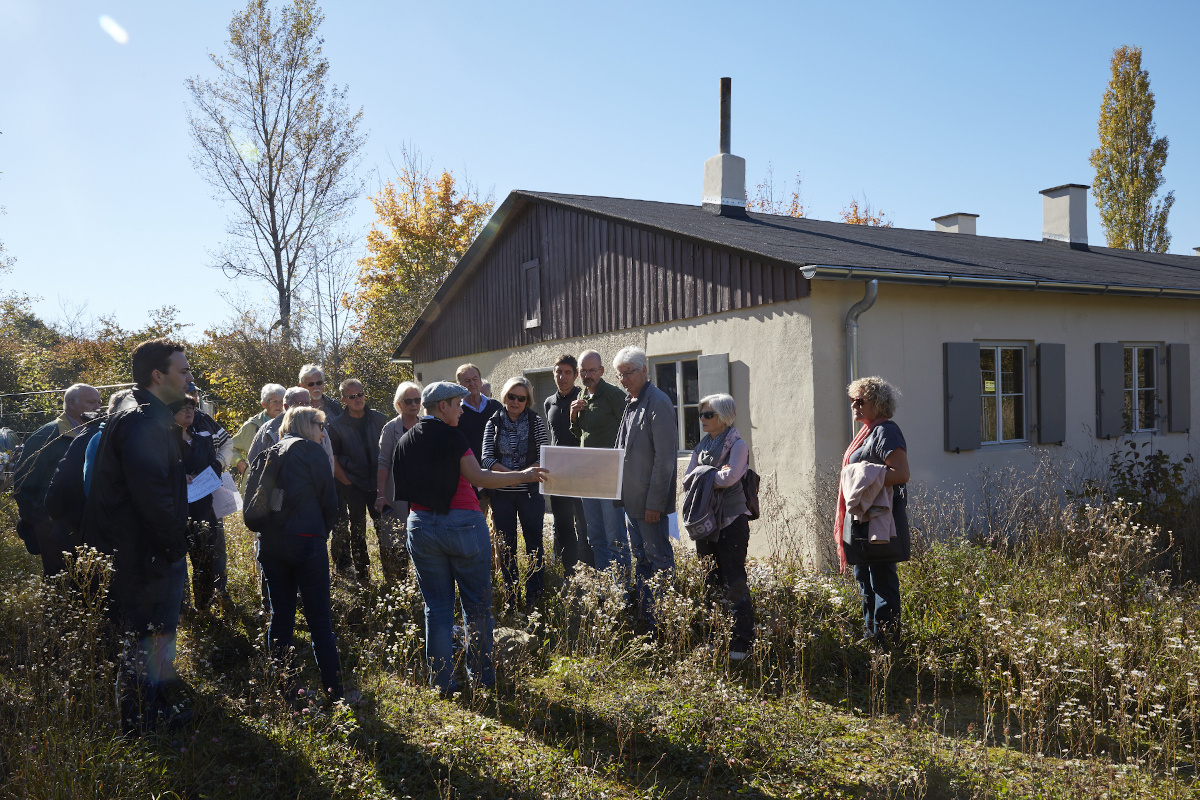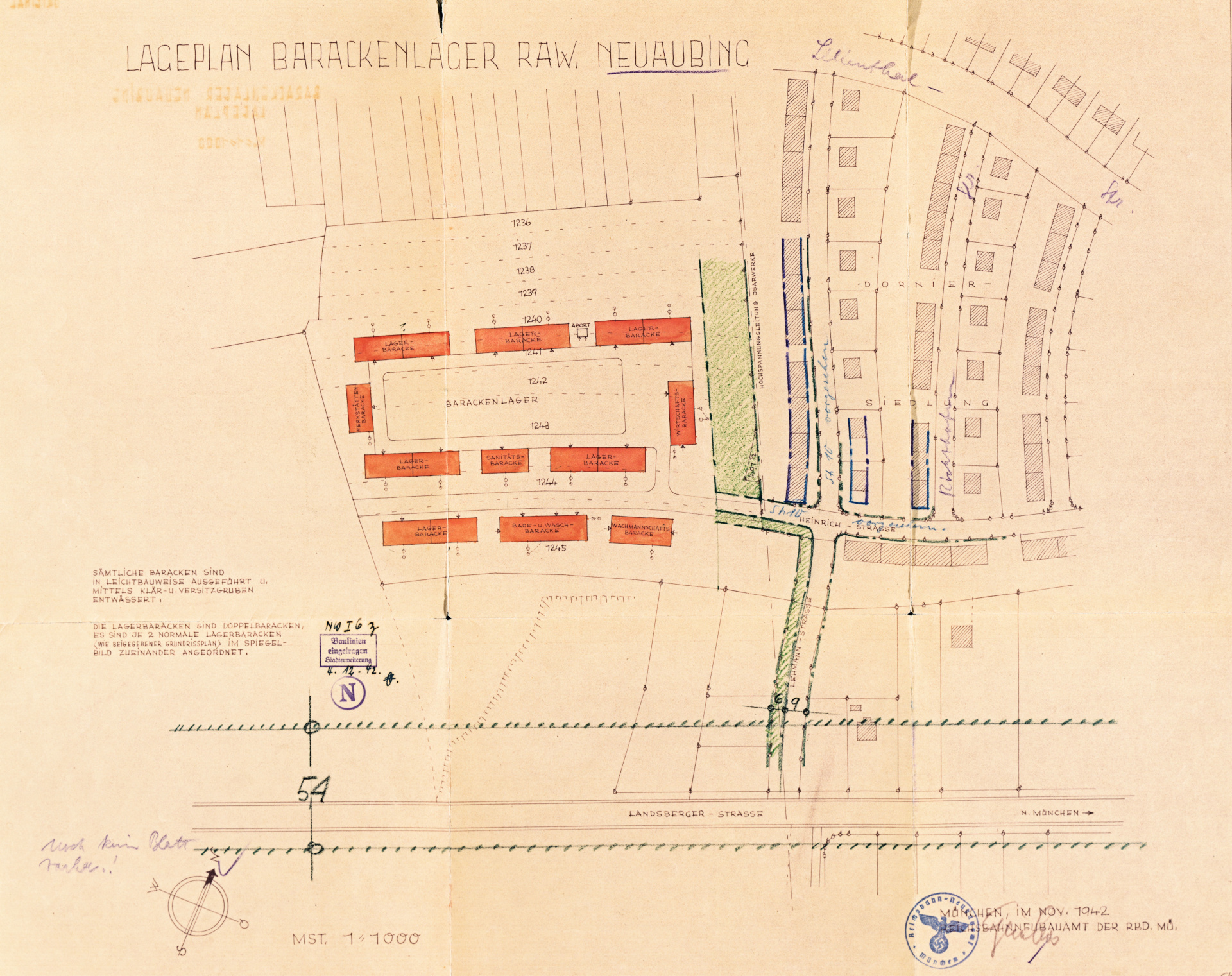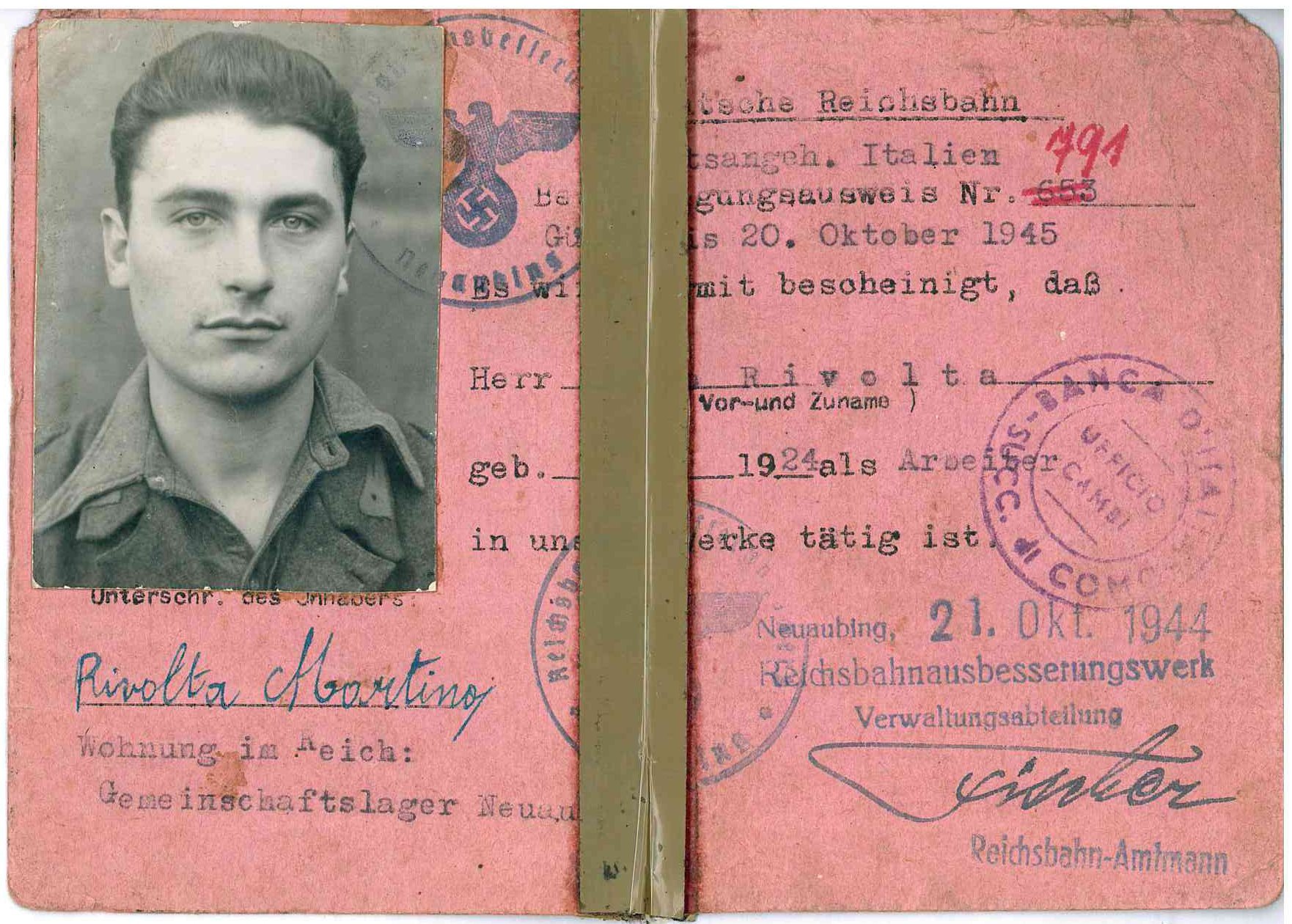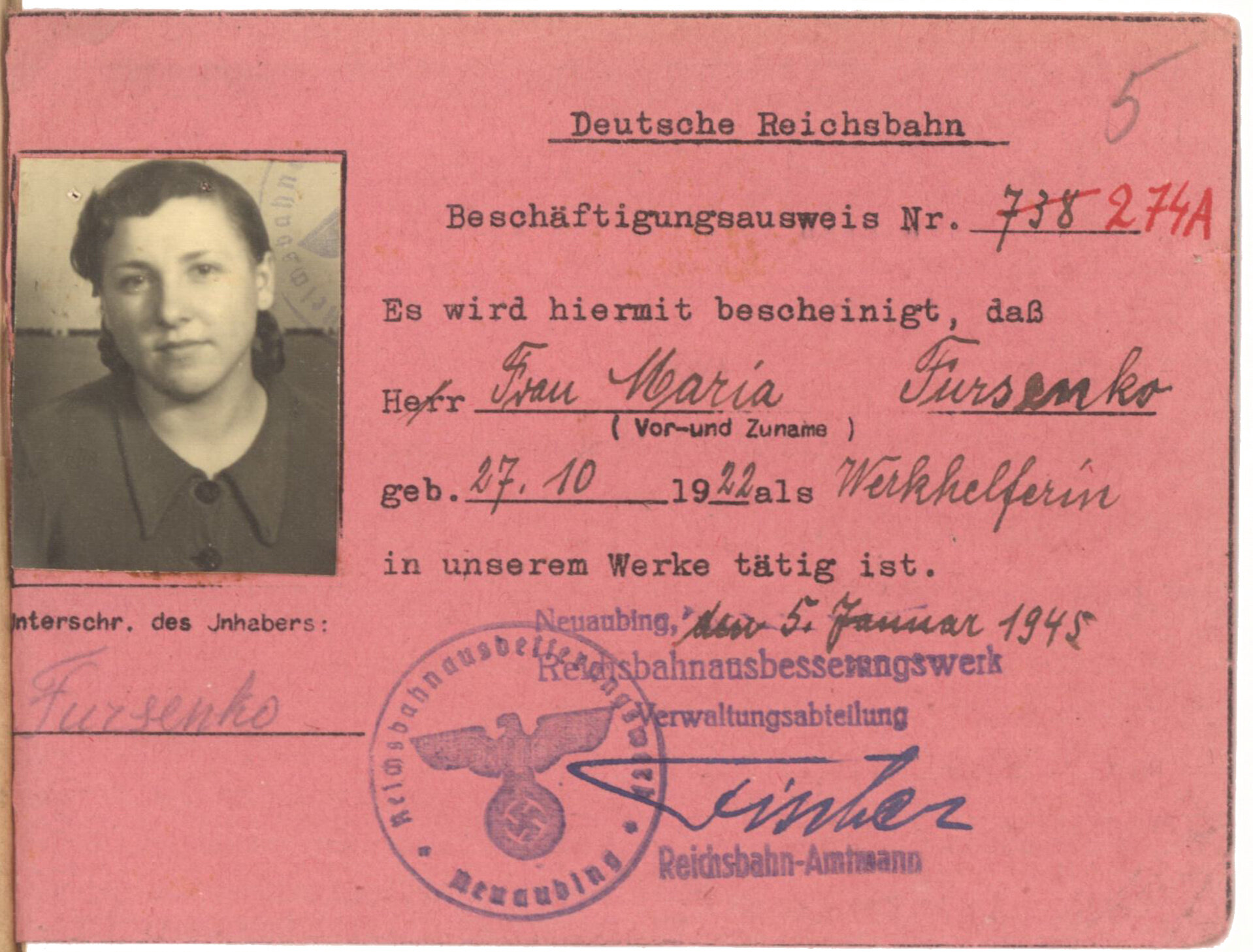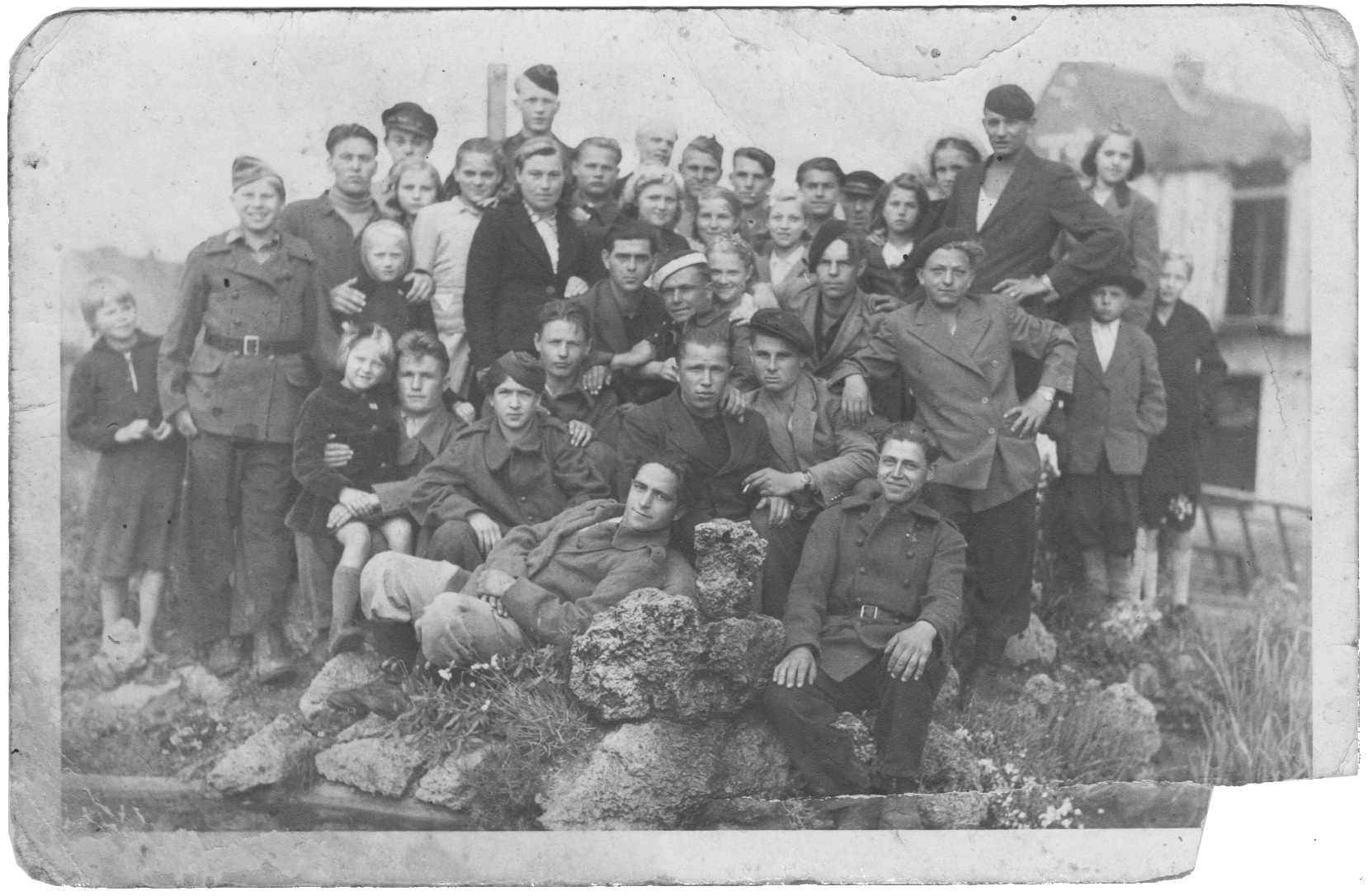A forced labor camp in western Munich
Munich was a center of forced labor during World War II. Almost all Munich-based companies, factories, and businesses as well as quite a number of private individuals profited from the labor of at least 150,000 people who had been deported to Germany from areas occupied by the Wehrmacht. In the final year of the war, around a quarter of the city’s population was employed in forced labor. In many arms factories well over 50 percent of the workforce were forced laborers.
Making history visible in diverse ways
The Neuaubing camp was one of more than 400 collective accommodation complexes for forced laborers within the Munich city limits. It was built by the Reichsbahn—German Railways—and between 1942 and 1945 at times housed as many as 1,000 laborers who were forced to work at the nearby Neuaubing Railway Maintenance Workshops (RAW). After 1945, the history of the camp gradually became forgotten. Only since the 2000s have civil society initiatives worked to make the history of the site more visible again.
The eight barracks in Neuaubing are among the last camp buildings in Germany to have been preserved. Today they are used mainly as studios and workshops, but there is also a kindergarten and a recreational farm for children and adolescents on the site. The plan is to preserve the complex permanently and to continue these uses alongside a memorial site being created by the Munich Documentation Center for the History of National Socialism.


